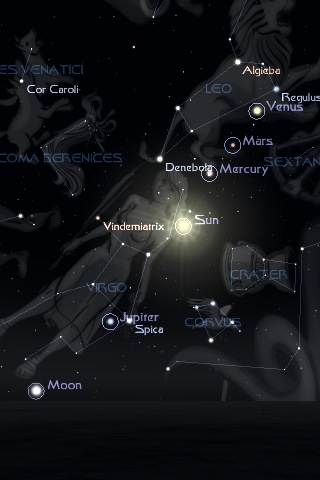
29 The Milky Way now stands straight up from the south-southwest horizon after dark, like firelit smoke rising from some huge, ghostly campfire, if you're in the world's mid-northern latitudes. Upsilon 1, slightly fainter, is the farther one. They're orange giants unrelated to each other, 200 and 400 light-years away. The "one" on the left, fainter, is a naked-eye pair in a dark sky: Upsilon 1 and Upsilon 2 Cassiopeiae, 0.3° apart. It's a Sun-like star just 19 light-years away with an orange-dwarf companion, a lovely binary in a telescope. The brightest of these, on the right, is Eta Cassiopeiae, magnitude 3.4. Notice the dim naked-eye stars along that segment (not counting its two ends). Look along the second segment of the W counting down from the top. The right-hand side of the W, the brightest side, is tilted up.


(The blue 10° scale is about the width of your fist at arm's length. The waxing Moon re-enters the evening sky this week, shining with Jupiter on October 3rd.


 0 kommentar(er)
0 kommentar(er)
